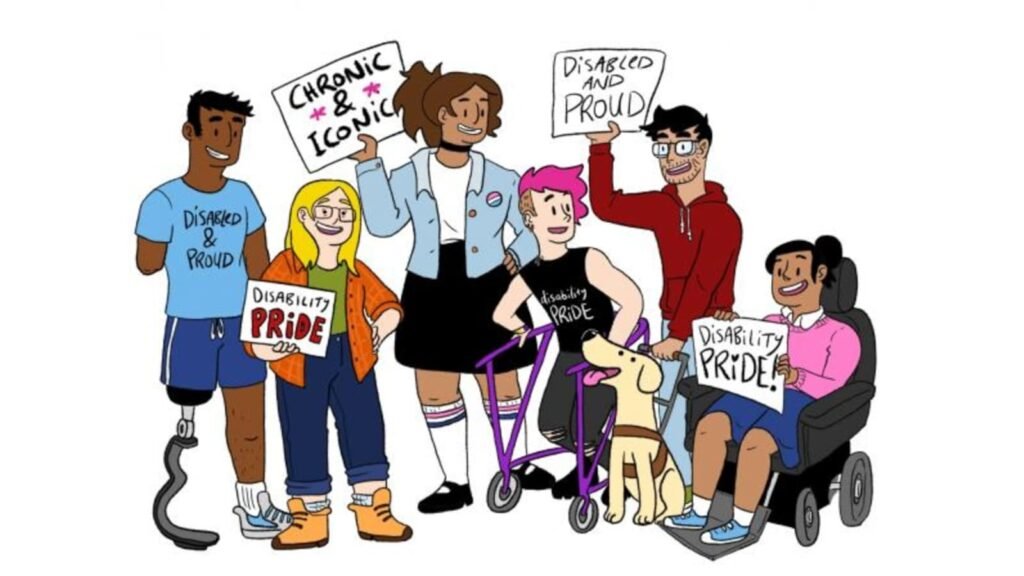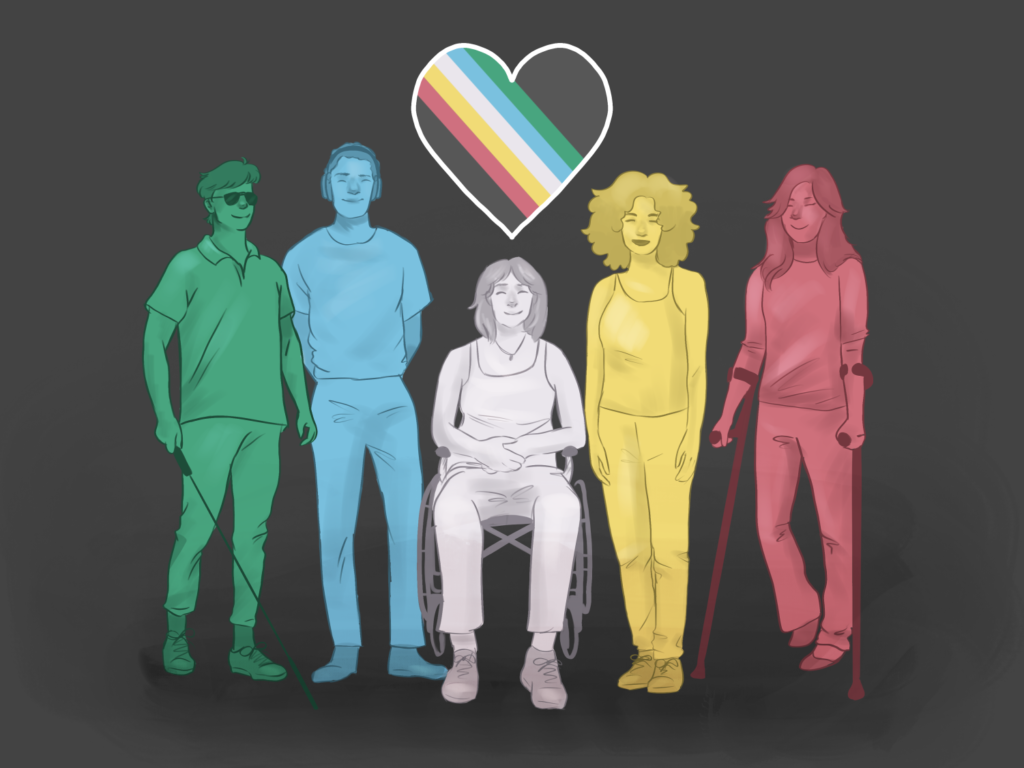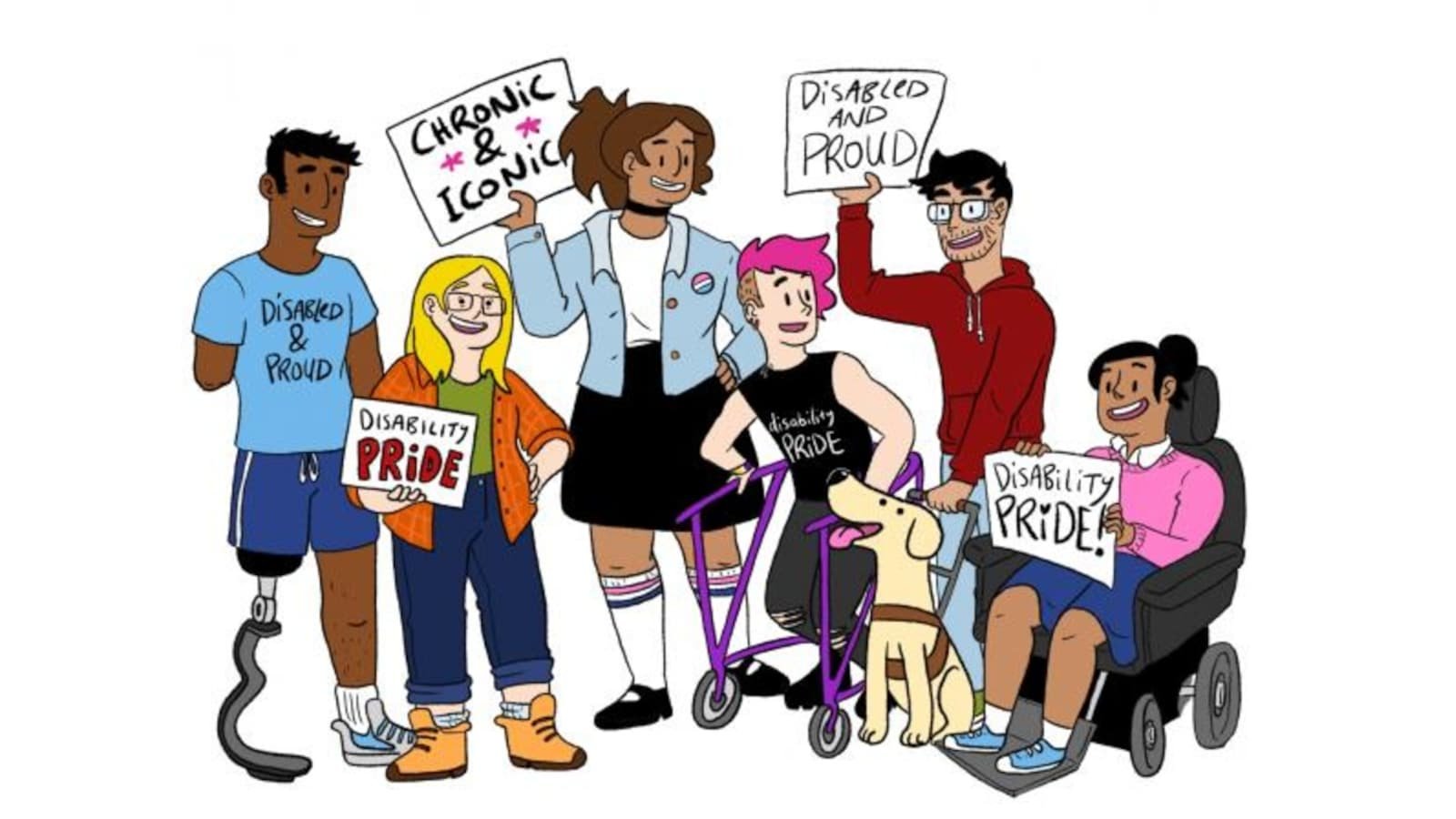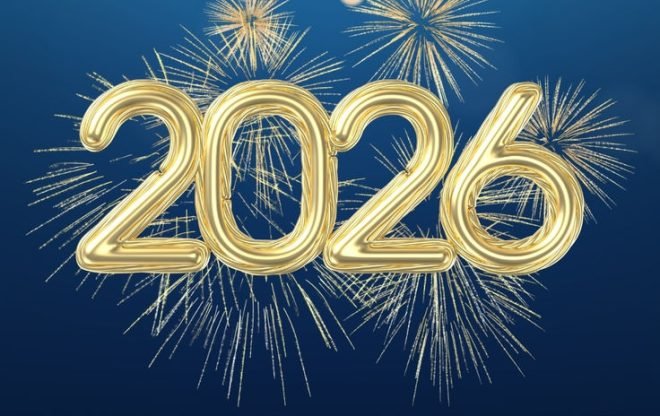More Than a Label: Why Disability Pride Month Deserves a Spot in Your Calendar
Let’s be honest—how often do we truly think about disability unless it directly affects us or someone we know? For many, it’s a topic that only surfaces when there’s a need to accommodate, empathize, or discuss inclusion. But July flips that script. It’s Disability Pride Month, a time to center the voices, stories, and experiences of disabled individuals—not from a place of pity, but from pride.
So, what exactly is Disability Pride?
Think of it like any other pride celebration. It’s not about glorifying struggle; it’s about reclaiming identity. Disability Pride is about recognizing disability as a natural and valuable part of human diversity. It’s a loud, colorful, unapologetic celebration of who disabled people are—beyond assumptions, limitations, and outdated stereotypes.

But Isn’t Disability Something to Overcome?
That’s a common misconception. We’re taught to see disability through a lens of tragedy or inspiration. “You’re so brave!” or “You’re such a fighter!”—while often well-meaning, these comments reduce a person to their diagnosis or challenges.
Let’s flip the narrative.
Imagine telling someone, “Wow, you’re so brave for using glasses!” Sounds ridiculous, right? For someone using a wheelchair, screen reader, or hearing aid, it’s just a way of navigating the world—not an act of heroism. Disability Pride Month urges us to move away from “overcoming” and toward embracing.
Visibility Matters
Have you ever noticed how most media portrayals of disability are either overly dramatized or completely invisible? Think about popular films—disabled characters are often portrayed as sidekicks, burdens, or tragic figures. Rarely do we see disabled folks as CEOs, romantics, best friends, or just… people.
This invisibility trickles into everyday life too. Public spaces may lack ramps, workplaces may “accidentally” leave accessibility out of event planning, and schools may ignore neurodivergent needs. All of this reinforces the idea that disability is something to be hidden or accommodated only when convenient.
That’s why Disability Pride Month is a megaphone. It says: We’re here. We’re valid. We deserve to be seen, heard, and included year-round.

Not All Disabilities Are Visible
You might be sitting next to someone on a bus or working alongside a colleague with a disability and not even know it. Conditions like chronic pain, ADHD, anxiety, autoimmune disorders, or hearing impairments don’t always “look” disabled—but they are just as real.
It’s a good reminder not to judge someone’s experience based on what you can or can’t see.
So, How Can You Show Up?
- Learn: Follow disabled creators, read their work, and unlearn outdated narratives.
- Listen: When someone talks about their experience, believe them. Don’t interrupt or try to problem-solve.
- Advocate: Whether it’s calling out inaccessible events or suggesting inclusive practices at work, use your voice.
- Celebrate: Join the pride! Share resources, uplift disabled voices, and help create spaces where people don’t have to ask to be included—they just are.
Found this helpful? Subscribe below for more



